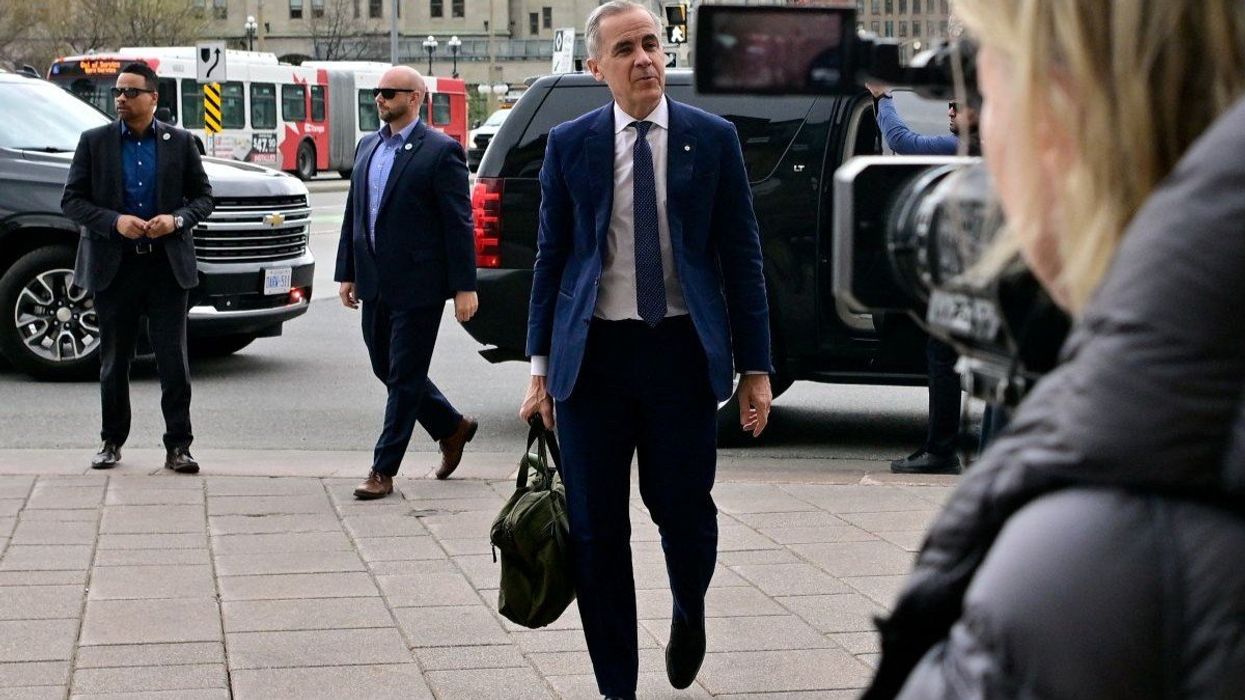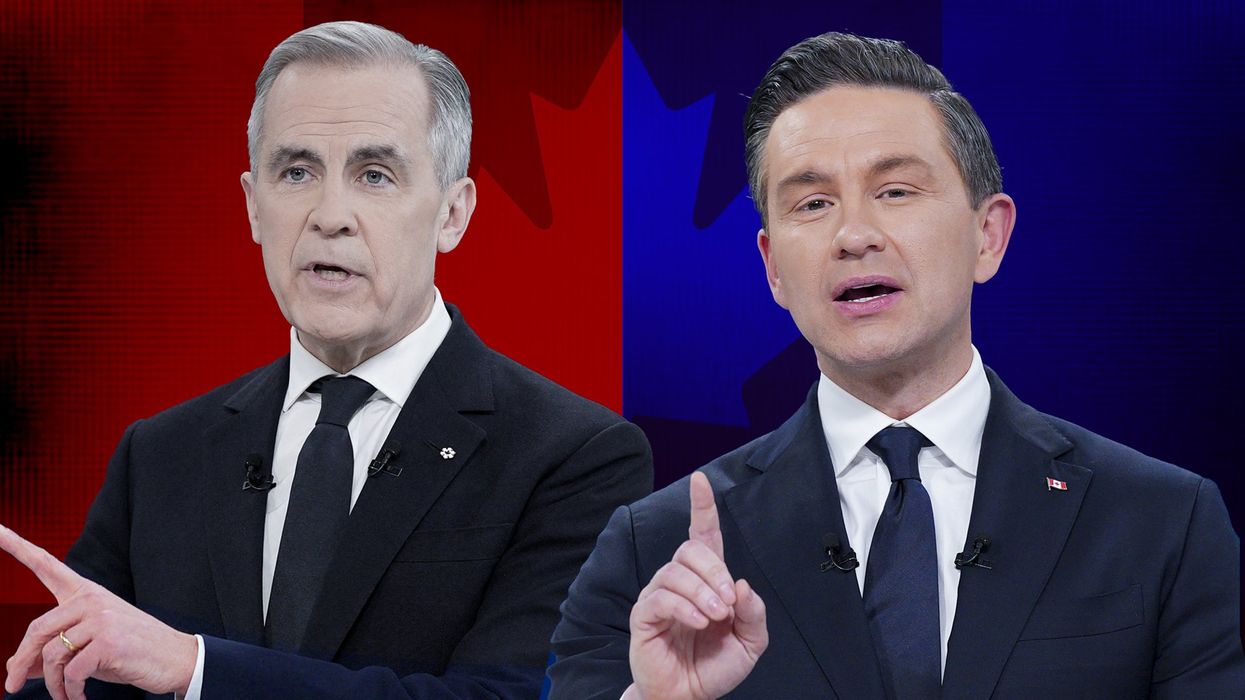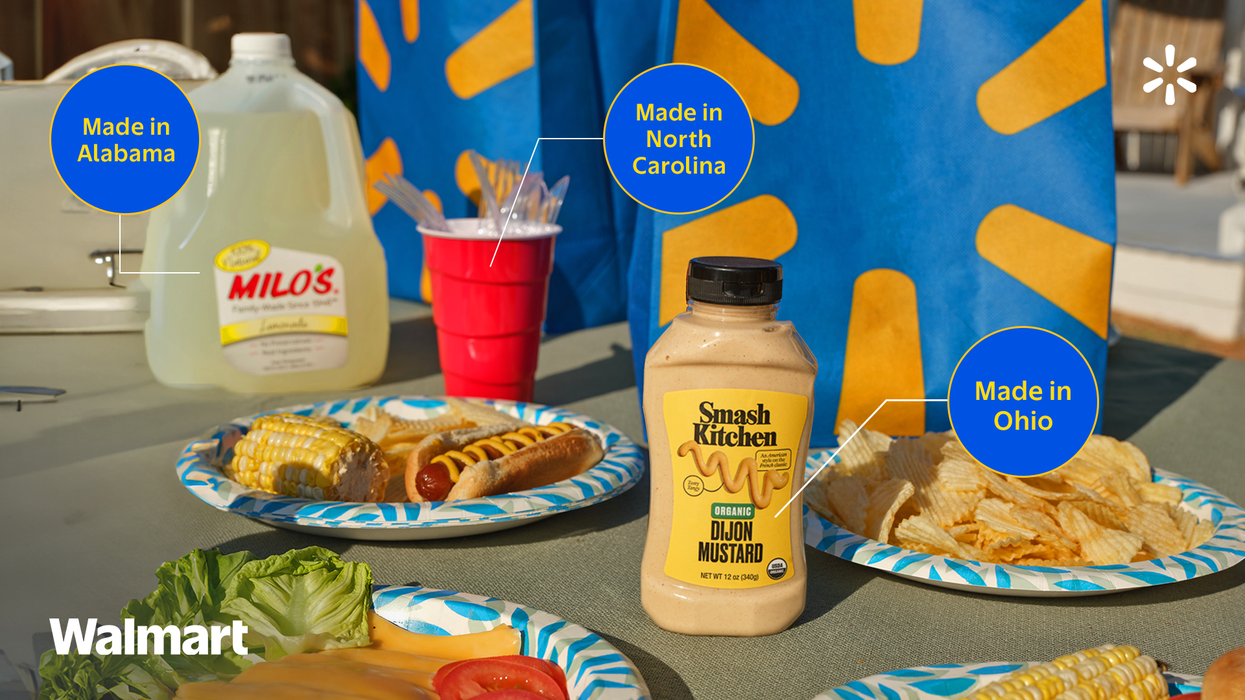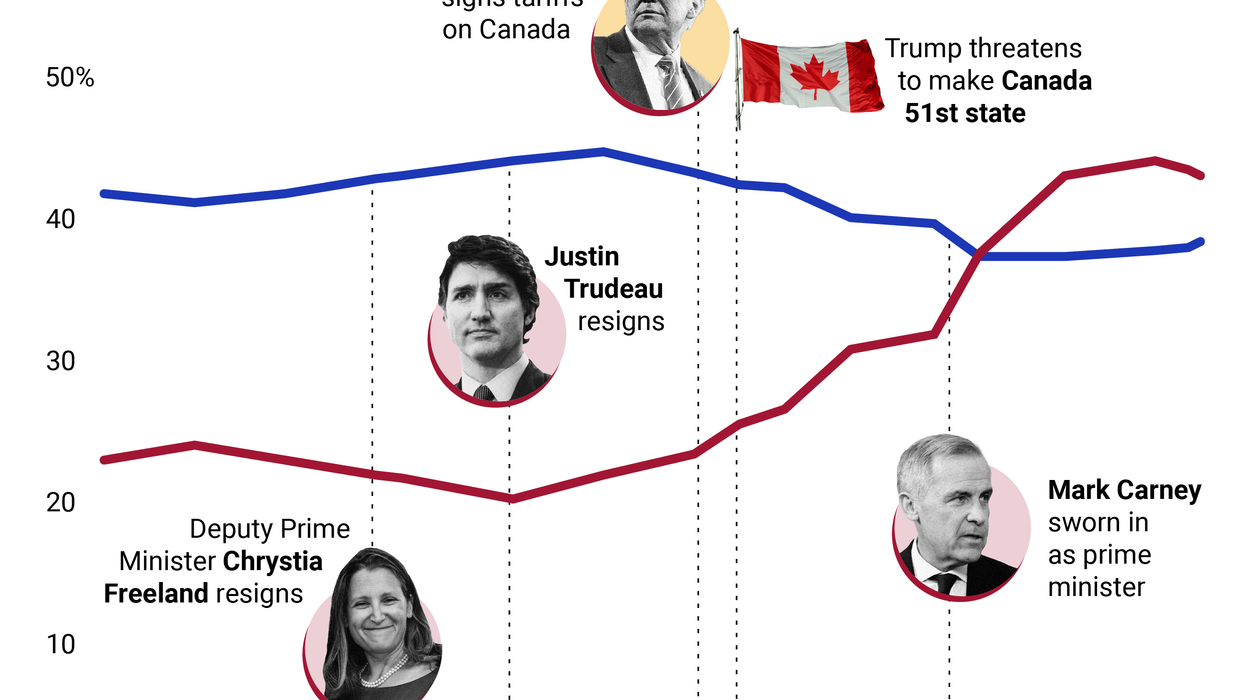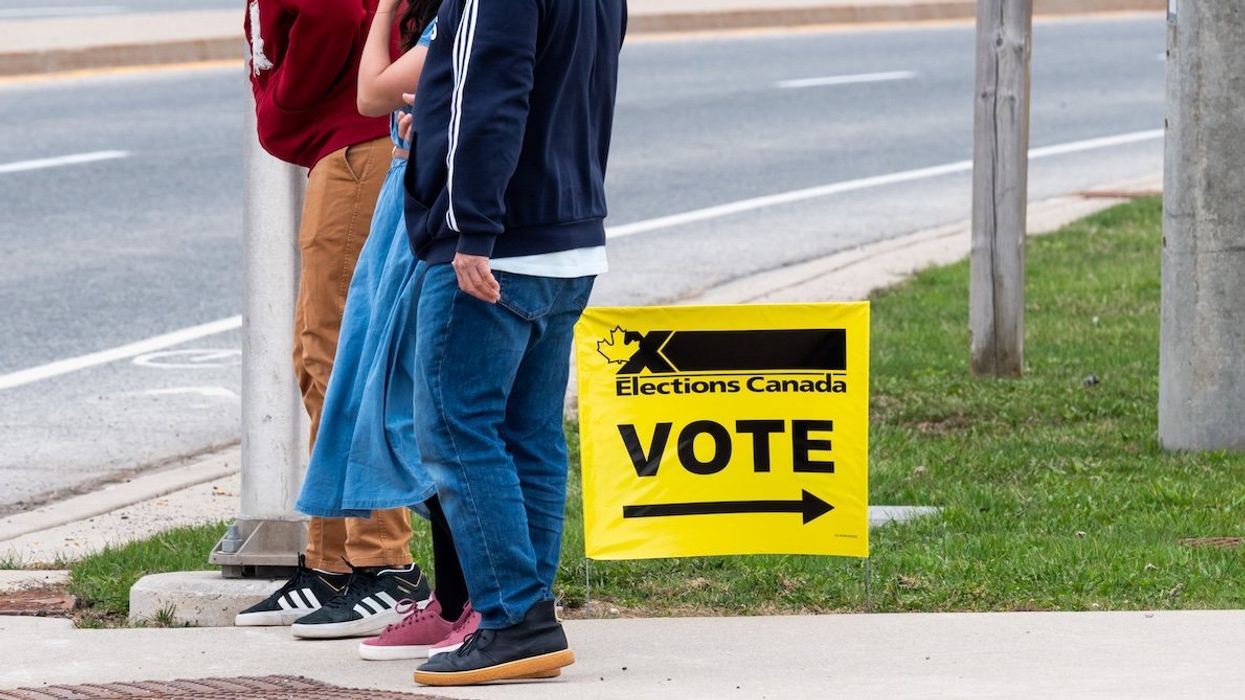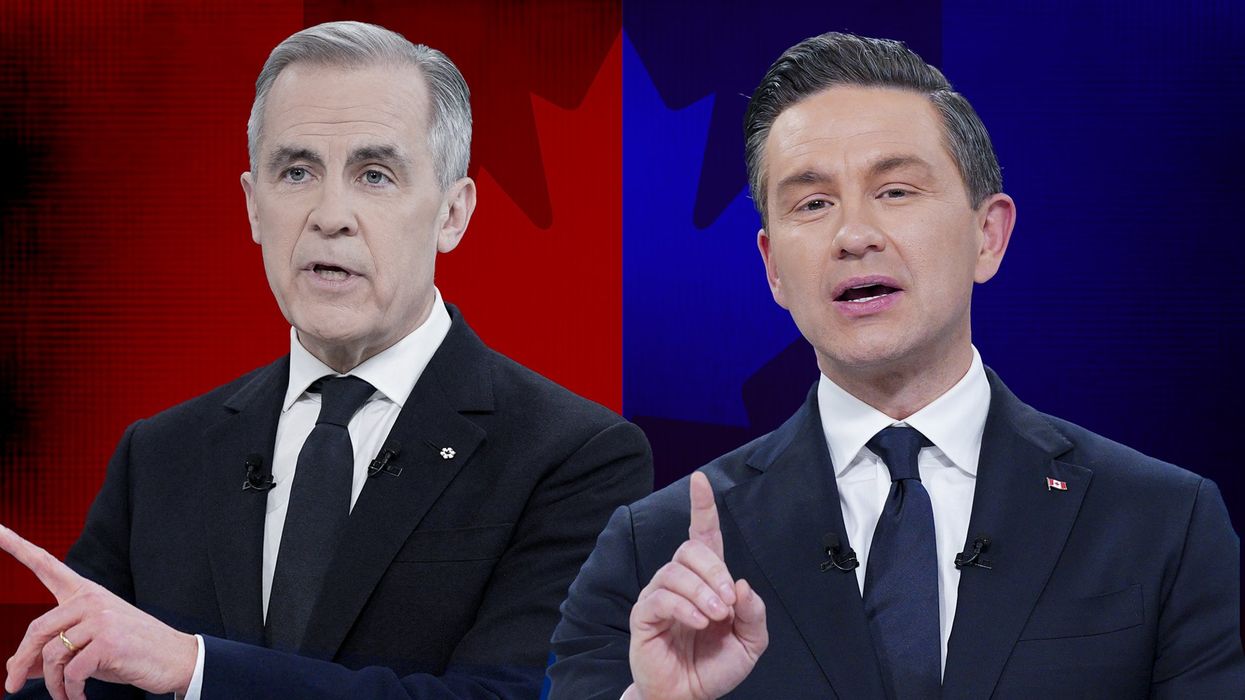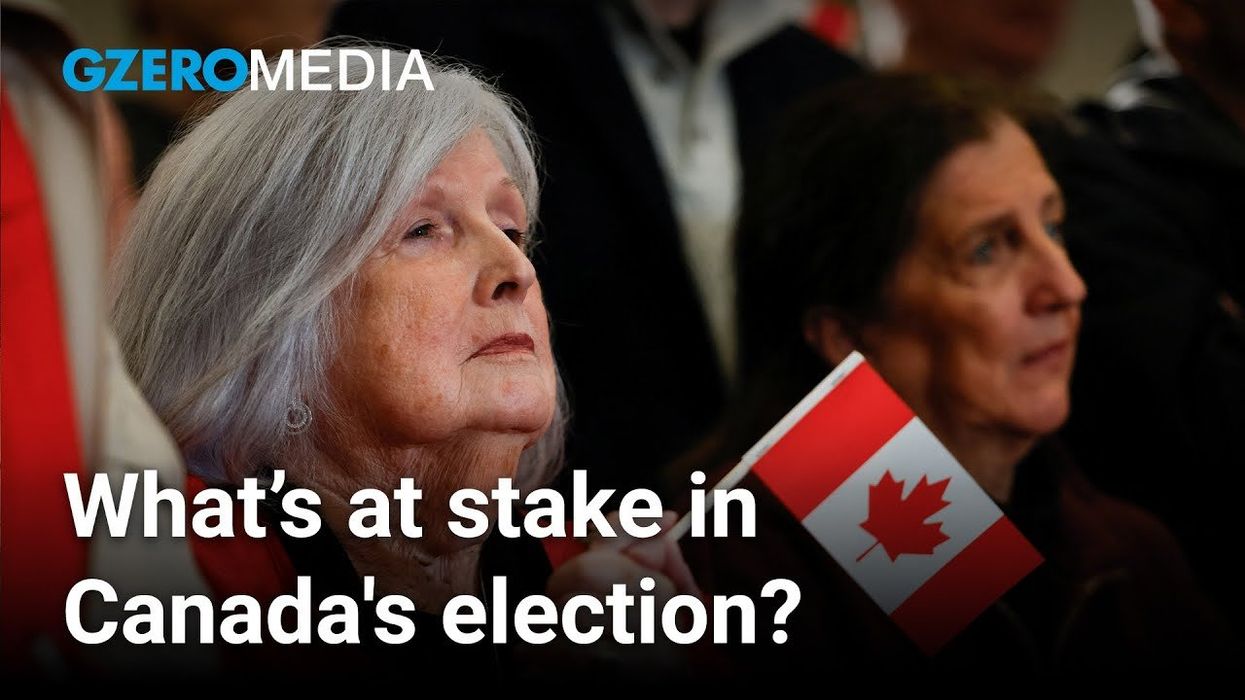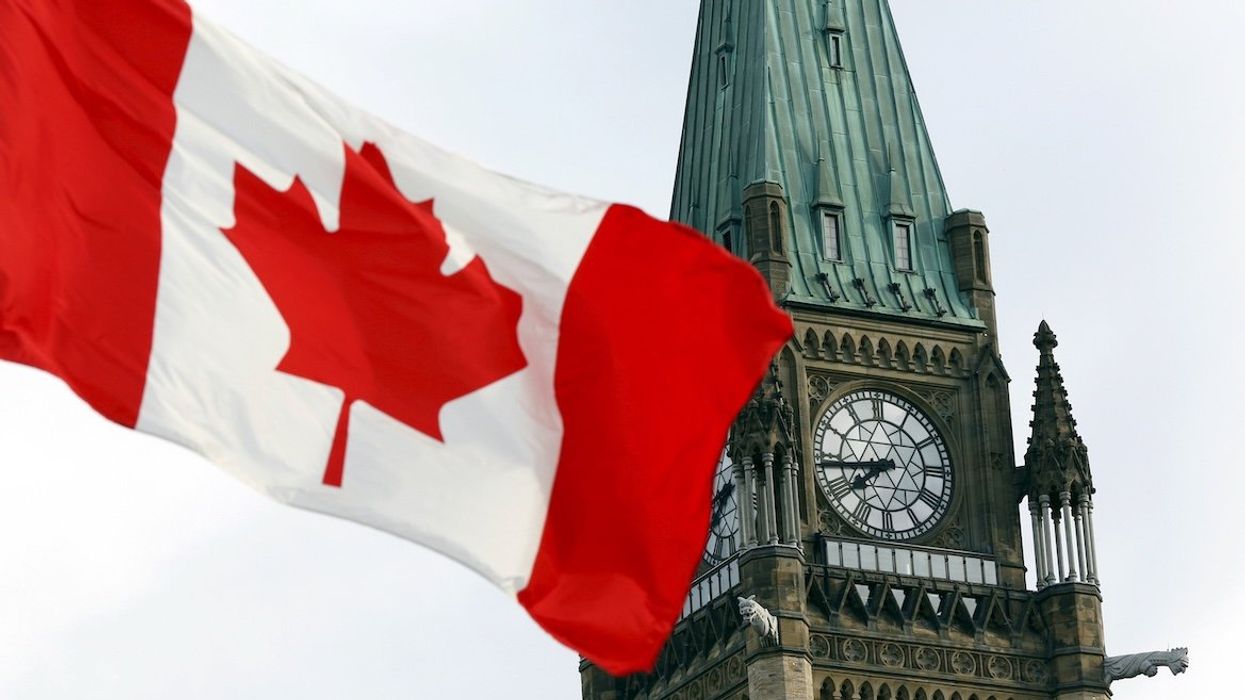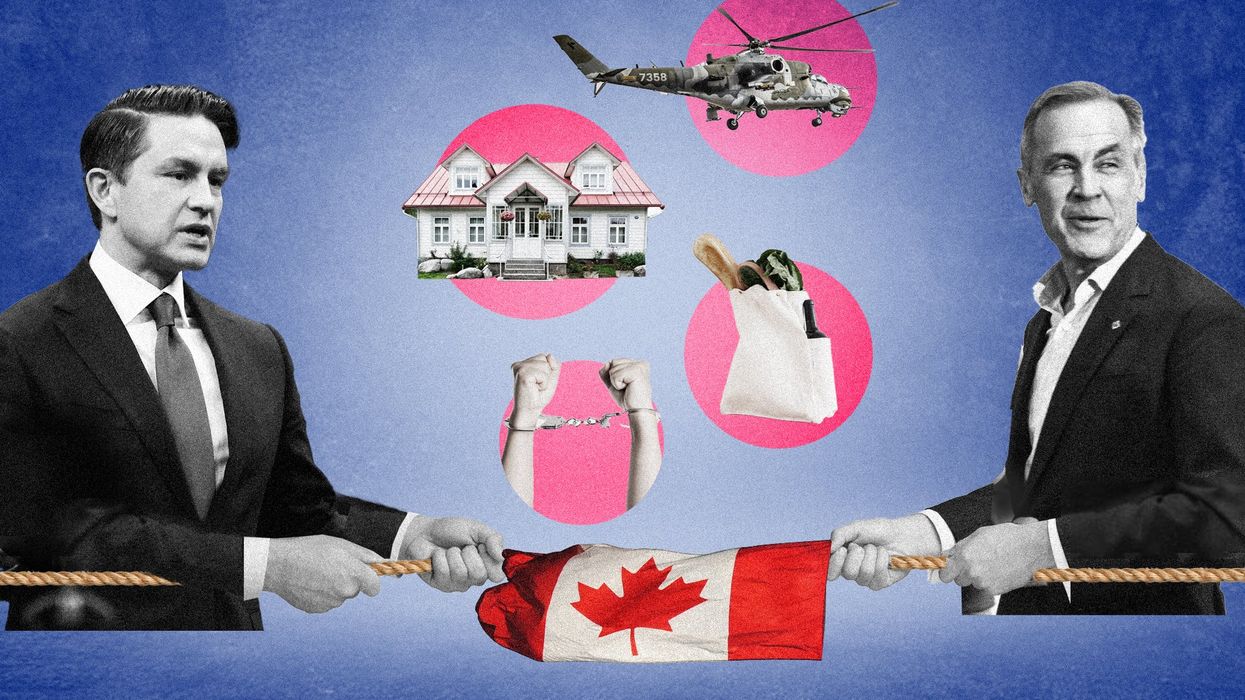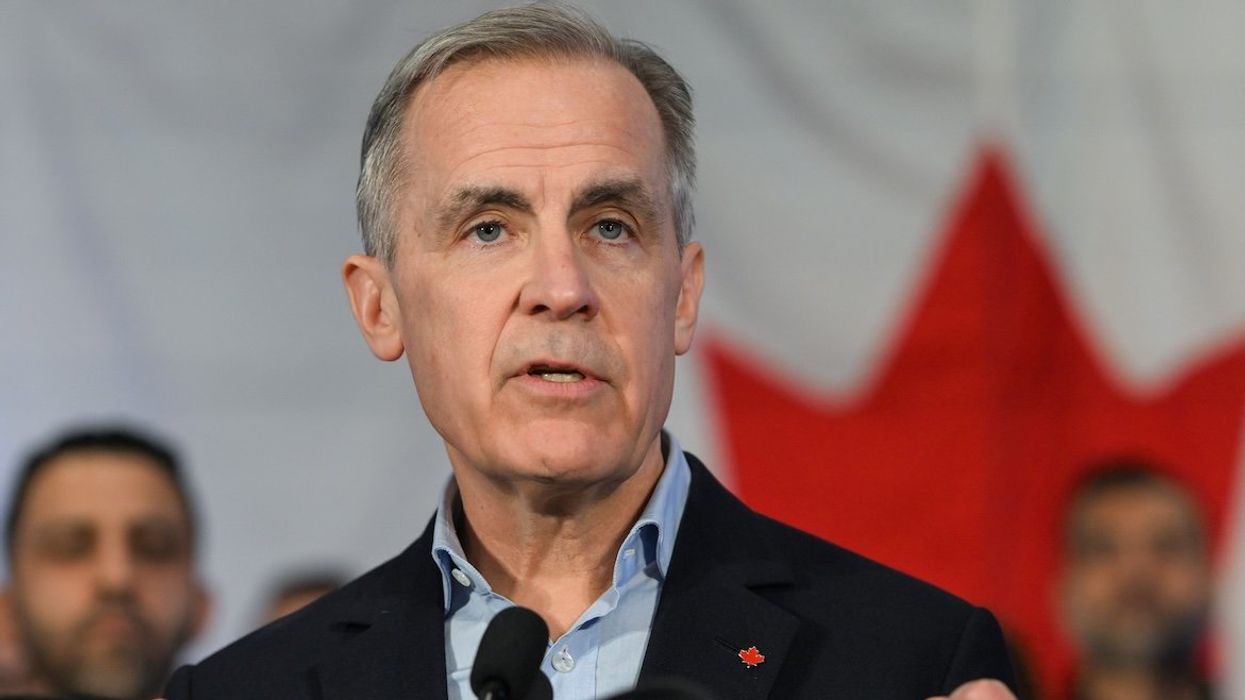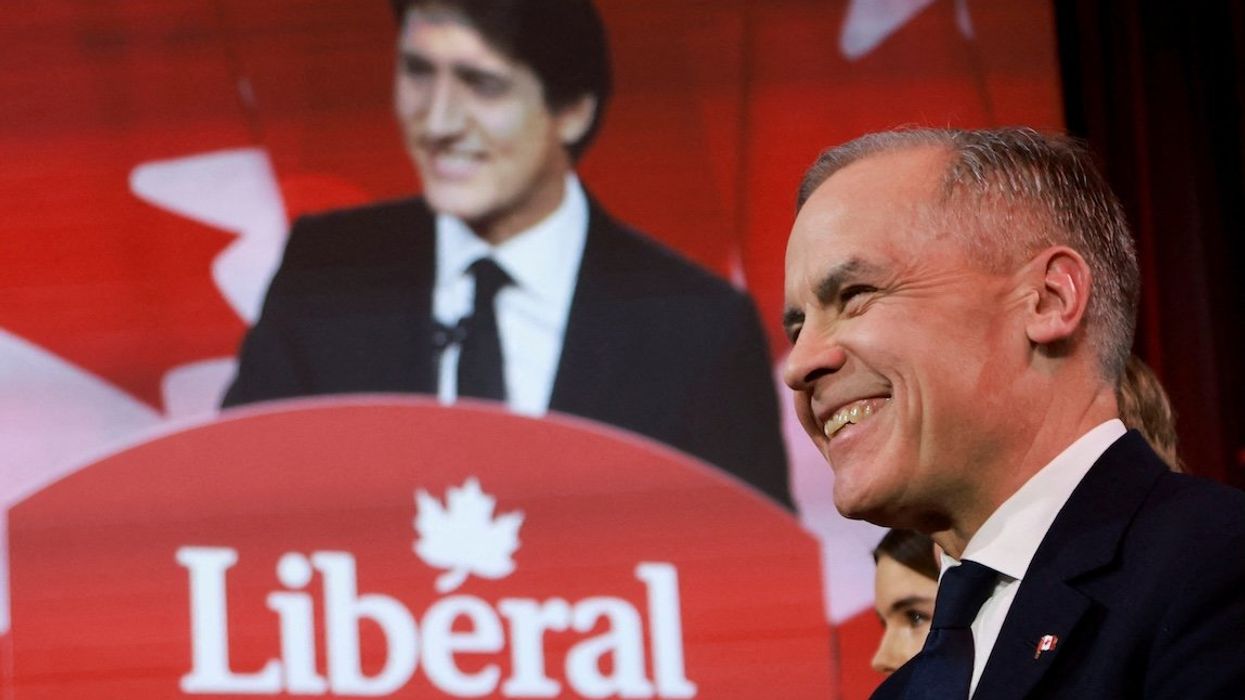What We're Watching
Carney wins power, but showdown with Trump looms over Canada’s future
Prime Minister Mark Carney may have won the battle for power in Canada, but his country’s war of words with US President Donald Trump is only just beginning. And before that all begins, the Liberal leader must form a government.
Apr 29, 2025
